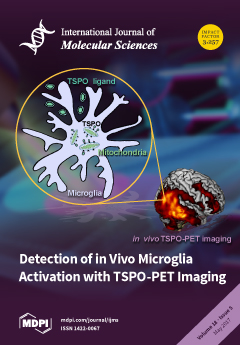1
Allergy and Lung Health Unit, Center for Epidemiology and Biostatistics, the University of Melbourne, Melbourne, Victoria 3010, Australia
2
Institute for Breathing and Sleep (IBAS), Heidelberg, Melbourne, Victoria 3084, Australia
3
School of Public Health, the University of Queensland, Herston, Queensland 4006, Australia
4
School of Clinical Sciences at Monash Health, Monash University, Melbourne, Victoria 3004, Australia
5
School of Medicine, University of Tasmania, Hobart, Tasmania 7001, Australia
6
“Breathe Well” Center of Research Excellence for Chronic Respiratory Disease and Lung Ageing, School of Medicine, University of Tasmania, Hobart, Tasmania 7005, Australia
7
Allergy, Immunology and Respiratory Medicine, the Alfred Hospital, Melbourne, Victoria 3004, Australia
8
Prince of Wales’ Hospital Clinical School and School of Medicine Sciences, Faculty of Medicine, University of New South Wales, Sydney, NSW 2052, Australia
9
Department of Medicine, University of Queensland, Brisbane, Queensland 4072, Australia
10
Cancer Epidemiological Center, Cancer Council Victoria, Melbourne, Victoria 3053, Australia
11
South West Sydney Clinical School, the University of NSW, Liverpool, NSW 2170, Australia
12
Department of Respiratory Medicine, Launceston General Hospital, Launceston, Tasmania 7250, Australia
13
Department of Allergy and Immunology, Royal Children’s Hospital, Parkville, Victoria 3052, Australia
14
Allergy and Immune Disorders, Murdoch Children’s Research Institute, Parkville, Victoria 3052, Australia
15
Department of Paediatrics, the University of Melbourne, Victoria 3010, Australia
16
School of Public Health & Preventive Medicine, Monash University, Melbourne, Victoria 3004, Australia
†
These authors contributed equally to this work.
add
Show full affiliation list
remove
Hide full affiliation list
Abstract
Systemic inflammation is an integral part of chronic obstructive pulmonary disease (COPD), and air pollution is associated with cardiorespiratory mortality, yet the interrelationships are not fully defined. We examined associations between nitrogen dioxide (NO
2) exposure (as a marker of traffic-related air
[...] Read more.
Systemic inflammation is an integral part of chronic obstructive pulmonary disease (COPD), and air pollution is associated with cardiorespiratory mortality, yet the interrelationships are not fully defined. We examined associations between nitrogen dioxide (NO
2) exposure (as a marker of traffic-related air pollution) and pro-inflammatory cytokines, and investigated effect modification and mediation by post-bronchodilator airflow obstruction (post-BD-AO) and cardiovascular risk. Data from middle-aged participants in the Tasmanian Longitudinal Health Study (TAHS,
n = 1389) were analyzed by multivariable logistic regression, using serum interleukin (IL)-6, IL-8 and tumor necrosis factor-α (TNF-α) as the outcome. Mean annual NO
2 exposure was estimated at residential addresses using a validated satellite-based land-use regression model. Post-BD-AO was defined by post-BD forced expiratory ratio (FEV
1/FVC) < lower limit of normal, and cardiovascular risk by a history of either cerebrovascular or ischaemic heart disease. We found a positive association with increasing serum IL-6 concentration (geometric mean 1.20 (95% CI: 1.1 to 1.3,
p = 0.001) per quartile increase in NO
2). This was predominantly a direct relationship, with little evidence for either effect modification or mediation via post-BD-AO, or for the small subgroup who reported cardiovascular events. However, there was some evidence consistent with serum IL-6 being on the causal pathway between NO
2 and cardiovascular risk. These findings raise the possibility that the interplay between air pollution and systemic inflammation may differ between post-BD airflow obstruction and cardiovascular diseases.
Full article






